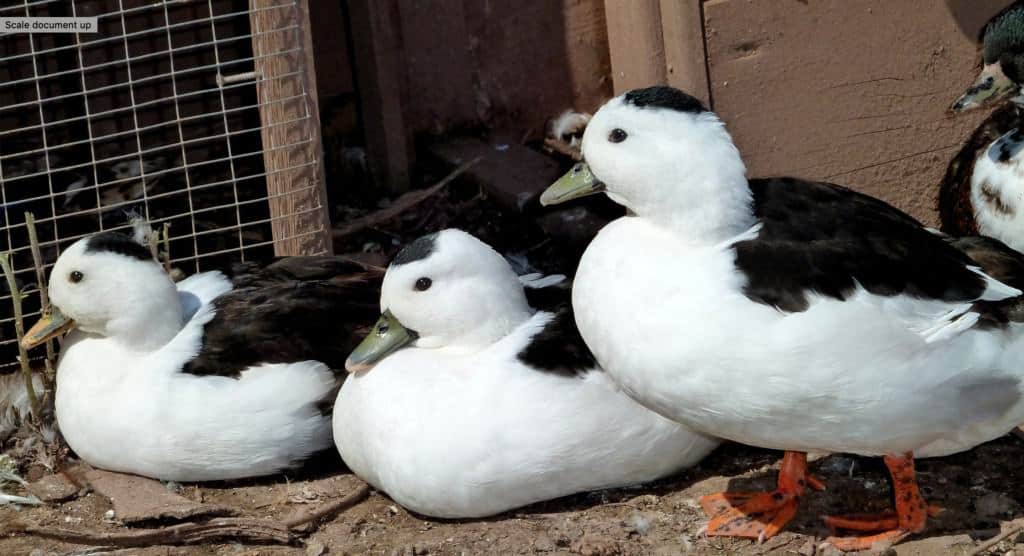
The Call Duck is the smallest breed of domestic duck, weighing less than a kilo. Small and easily transported, they were developed as calling ducks, to call down the wild Mallard to the great traps or decoys in the Fenlands of the UK and the marshes of Holland. They were first known as the Decoy Duck, the name coming from the Dutch term ‘de kooi’ meaning the ‘trap’ or ‘cage’.
First standardised in the UK in 1865, the Call Duck is said to have been imported from Asia into Holland. Decoy ducks were used in Holland in the 1600s, but these are thought to have been decoy ducks by training (i.e. tame ducks) rather that the true Decoy or Call. The Call itself seems to have suddenly become popular in Holland around 1800. For this reason, it is suspected that the birds could have been imported from the Far East.
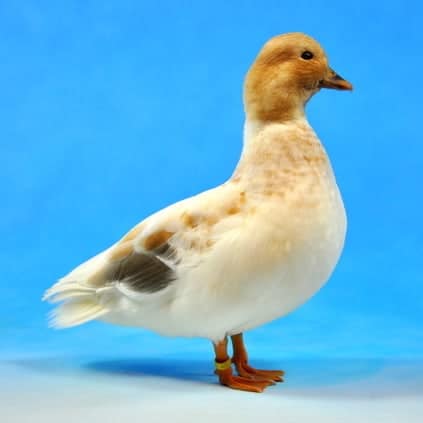
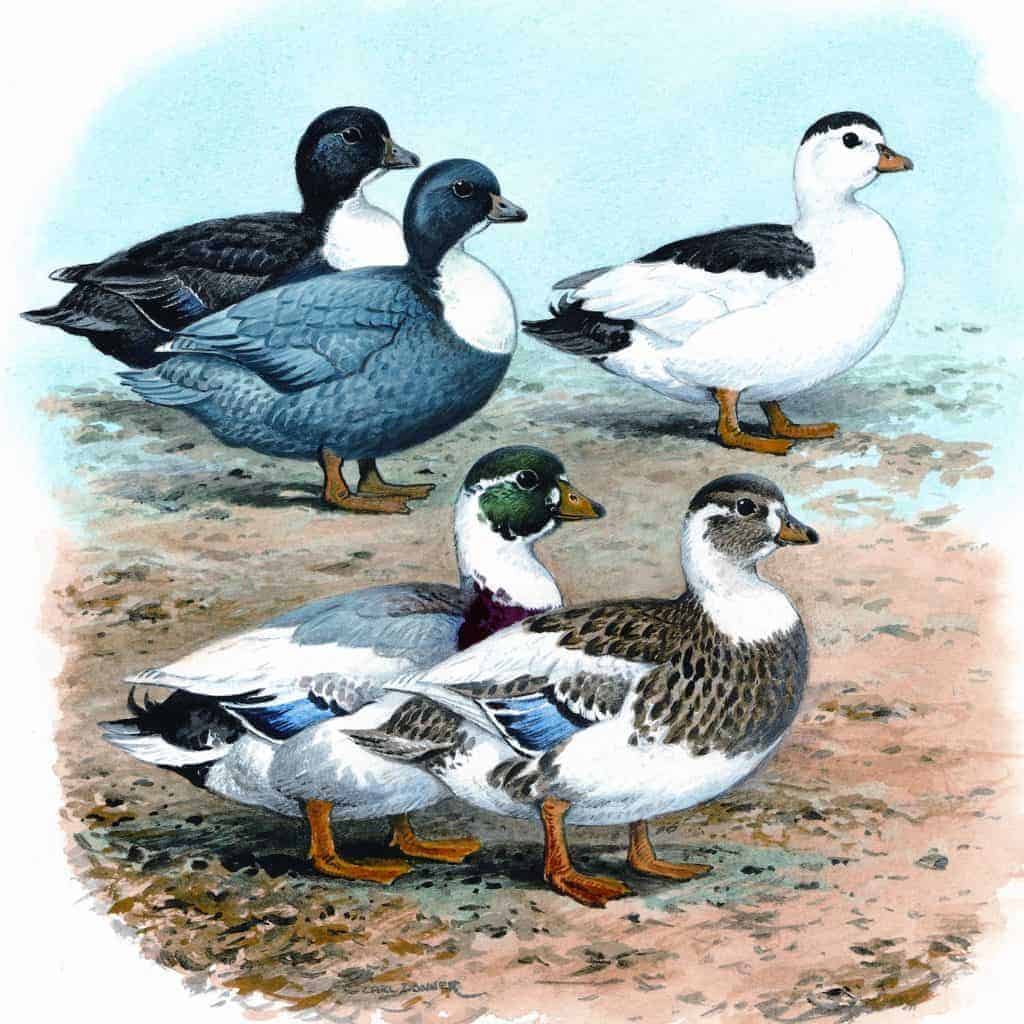
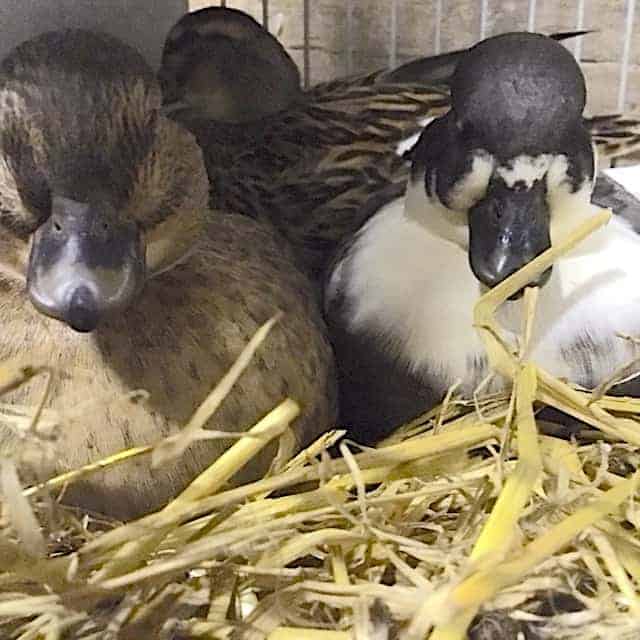
Many enthusiasts are happy to keep these ducks as pets. They are wonderful pets. The females do have a very loud quack, which is why it would not be advisable to keep female Call Ducks if you have close neighbours. There is however, a huge following both in Europe and North America for showing Call Ducks.
Calls were virtually unknown in the show pen from 1900 to the 1970s, other than as ‘Ornamental Ducks’, placed with the likes of Mandarin and Wood Ducks (Carolinas) in exhibitions. The 1971 edition of Poultry Club Standards included standards for the ‘Decoy’ and within a decade their popularity took off.
Calls are now usually the largest entry at a show. Our Champion Waterfowl Exhibition sometimes has over 300 entries. Calls are cheap to keep and transport but really difficult to breed and find a winner.
Call Ducks are not great layers and the females are most likely to lay in clutches of 8-12 eggs and, if left to sit and hatch them out, the duck will look after the resulting ducklings with great care and attention.
The colours represented in Call Ducks are derived from the same colour genotypes as their larger relatives. For a colour to be standardised, it must breed true to type and colour. With a basic understanding of colour genotypes, this can be achieved predictably.
To reach perfection in any standard, understanding and rigorous segregation is imperative. A mishap in the drake department can undo many generations of patient breeding.
In published ‘Standards’, the colour names and descriptions match those traditionally used and recognised across the waterfowl breeds, in both BWA and PCGB standards publications.
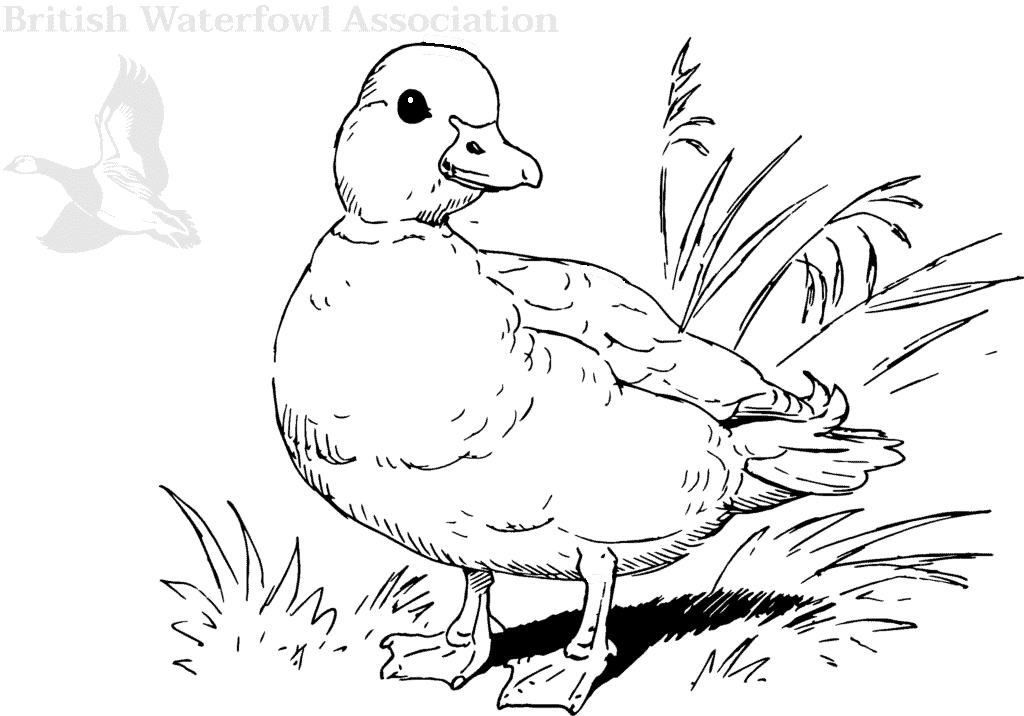
The following Call colours are standardised by the BWA and PCGB:
- Mallard
- Blue Mallard
- Apricot Mallard
- Appleyard
- Apricot Appleyard (Butterscotch)
- Silver
- Blue Silver
- Apricot Silver
- Mallard Dusky
- Khaki
- Blue Dusky
- Apricot Dusky
- Black
- Chocolate
- Bibbed
- Magpie
- Mallard Pied
- White
- Yellow Belly
Full exhibition standards for these colours may be found in the British Waterfowl Standards.